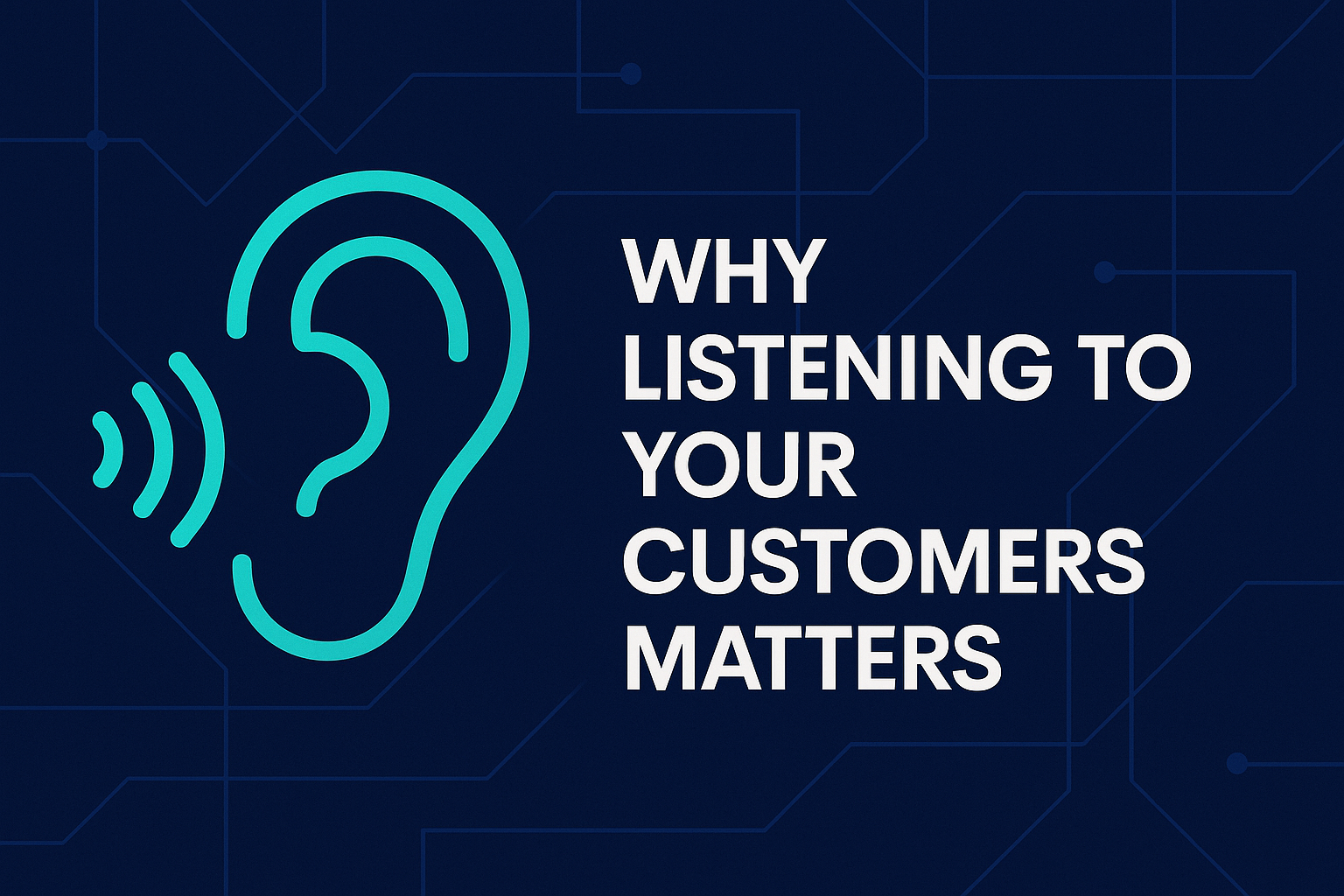
The truth is simple: nothing beats actively listening to customers. Understanding their needs, adapting your offer and creating an authentic relationship has become the best marketing strategy, much more profitable than any paid campaign.
For a long time, marketing has been dominated by top-down communication: a brand speaks, customers listen. But today, behaviors have changed. Consumers expect:
👉 Businesses that incorporate this feedback into their strategy see their retention rate increase and their acquisition costs fall.
Do not limit yourself to annual questionnaires. The channels to be preferred:
It's not just about collecting data, it's about showing customers that they're being heard. Example: integrating their product suggestions into a public roadmap.
The key : listen ➝ analyze ➝ act ➝ inform. Customers want to see that their feedback has a real impact.
These examples prove that customer feedback is not an option, it is a driver of innovation.
Chez Klark, we believe in this logic: listen to freelancers, freelancers and entrepreneurs to create a Really useful tool cockpit. Each brick (CRM, billing, SaaS perks, banking aggregation and AI) was designed based on their real needs, expressed in the community.
👉 Result: a product that is closer to its users, that makes them save time and secure their management.
In 2025, successful entrepreneurs will be those who really listen to their customers. More than a trend, it's a philosophy: building your business hand in hand with your community.
💡 Practical advice: start setting up a simple feedback channel (form, private group, CRM) today. You will see, your customers will become your best marketers.

Centralize 2-3 channels (short form, post-purchase email, post-purchase email, NPS mini-survey, Discord, Slack...) and trigger them at the right times (after purchase, after support). Inform about the time required (30—60 s) and offers a reward (content, discount).

1 post-interaction micro-survey, 1 quarterly barometer, and a continuous loop via CRM/community. Better little but regular, with strong contextual relevance.

Qualify (pain, frequency, value), prioritize (impact × effort), prototype quickly, test on a small segment, then iterate. Communicate the “changelog” to the customers concerned.

Publish a public/shared roadmap, cite contributors (with their agreement), announce deliveries (release notes), and loop systematically: “you asked → here's what changed”.